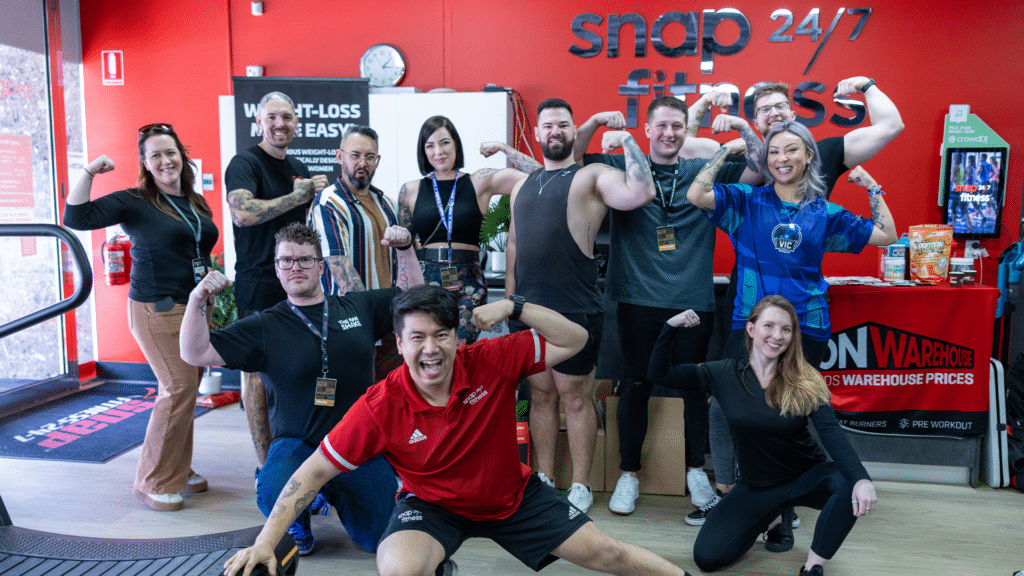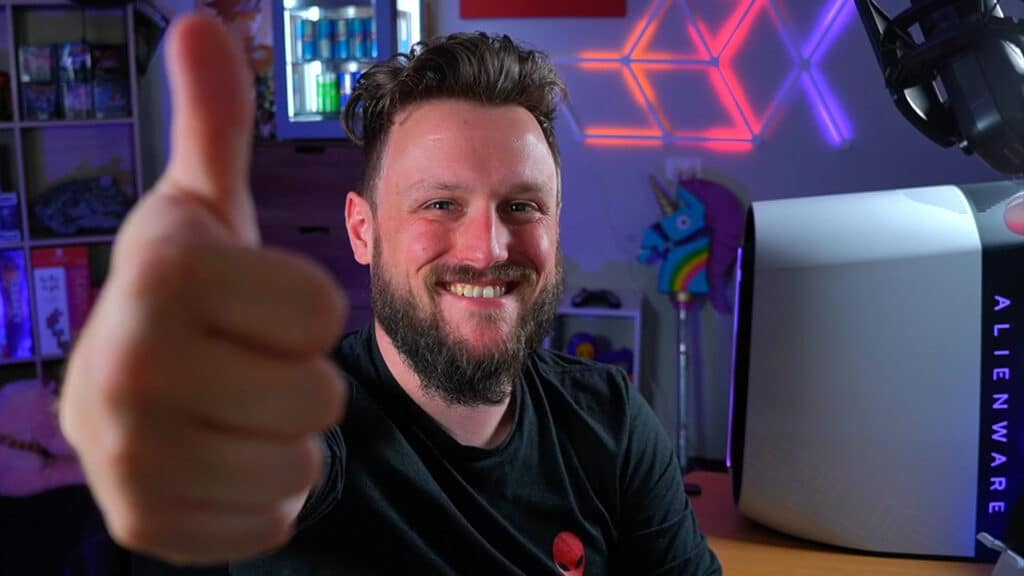Long before Norman Reedus was slamming cans of Monster Energy in Death Stranding, product placement in games has been a popular method of spruking sometimes bizarre products to an audience who probably doesn’t need them. Whether it’s a game entirely about a product that would only ever be purchased by a misguided Aunt who knows that you like ‘Those Video Game Consoles’, or whether it’s something a bit more subtle, games have always been a unique vehicle to sell you things.

Pepsiman
Possibly my favourite example of a game about a product, and also an incredibly clever example, Pepsiman was a 1999 release for the original PlayStation. The game is a ‘runner’ style action game, in which the titular Pepsiman, a… I wouldn’t describe him as a man, exactly? I don’t think I’d describe him as anything, he’s sort of like an Eldritch creature pulled from another universe with the single desire to bring you an ice cold, refreshing can of Pepsi.
Anyway. As Pepsiman moves through the stage, the player has to dodge obstacles like cars, peoples entire living rooms, giant cans of Pepsi, you know, just regular every day objects. The controls are basically running, jumping, super jumping, and running kind of faster. It’s simple, but it works.
The character of Pepsiman himself comes from, naturally, Japanese commercials, and the game itself never saw a release outside of Japan despite being entirely in English. It’s a real oddity, made on a super low budget, didn’t sell incredibly well, and yet became a sort of cult classic. For obvious reasons.

Sneak King
Sneak King (which I literally only just realised was a pun on sneaking), is a game released in 2006 for Xbox and Xbox 360. Burger King (Hungry Jack’s here in Australia) sold the game with purchases of value meals. And so, a meme was born.
How many times have you thought to yourself, ‘gee, I sure would love to be a frankly quite creepy looking mascot sneaking around delivering burgers to people. I would absolutely love to play a game like Metal Gear Solid but with hamburgers instead of politics.’ Well, good news! Sneak King is basically just that! Delivering burgers to hungry consumers in such exotic locations as ‘construction site’ and ‘saw mill’. You know, the kinds of places people frequent when they want burgers but do not actually want to go to a fast food place.
Which is why you’re there! By sneaking up on NPC’s that are hungry, players can deliver food in an extravagant, stylish manner. The stylish thing is gameplay, by the way, you have to flourish real good to get those sweet, sweet points.
There’s also a lot of interesting ideas that the developers wanted to put in with multiplayer and co-op, all kinds of cool stuff regarding multiple people being the ‘King’ and other cool ideas, but Burger King was super strict about their precious Burger King, stating that there can only be one King, and no one can be the King except the King himself.

Team Fortress 2
Ah, Team Fortress 2. A game that stands the test of time as being both continually fun, and still getting new content years later. It’s something of an oddity, but also, it’s really fun, so fair enough. One particular feature many fans are familiar with is, of course, hats. And other equippable cosmetic items, but at the end of the day, it’s all about the hats.
Brands started noticing this too, and decided, ‘what if a hat, but it’s our product?’. Along with featuring cosmetic items from dozens of games, such as Borderlands, Octodad, Batman: Arkham Knight and even Bioshock Infinite, there were also plenty of brands that apparently wanted a piece of this hat-based action.
For example, Humble Bundle had a bunch of cute items for folks that donated certain amounts of money during the Yogscast Jingle Jam. Weta Workshop has a few items available too. But perhaps the most infamous of all of these items is the Earbuds. Literally just a pair of white Apple earbuds, these were awarded to players who had the Mac version of Team Fortress 2 at launch.
Because these hats can get pretty rare and people have both too much time and money, this inevitably lead to a scramble of people selling entire accounts for ludicrous amounts of money, all because these earbuds were super hard to get ahold of, because, who plays games on Macs anyway?

Mario Kart 8
When I think of Mario, the last thing I think about is ‘product placement’. Nintendo and, specifically, Mario, is the sort of thing that can stand on its own. And yet, Mario Kart 8 had a whole really big special Mercedes crossover. A bunch of karts and wheel-types all modelled on real Mercedes products were released.
Essentially, all the karts are just tiny little versions of actual cars, which is very cute, but also looks super out of place with the cartoony Mario characters. It’s really weird.

Metal Gear Solid (series)
For a series that has such heavy political leanings and a sort of ‘smash the system’ message to it, it sure does love including products. Often not really making any sense for the location or time period the game is in, but it doesn’t matter, because Snake has to have his Brands.
For example, CalorieMate, one of Snake’s staple food items, is actually a real product in Japan. It sounds kind of gross honestly. And yet, in Metal Gear Solid 3, it’s right there. In Soviet territory. Years before it was actually invented. But, you know.
More recognisable products came with the heavy featuring of Apple products in Metal Gear Solid 4, with every computer being a Mac, as well as Snake’s key iPod item. Although in saying that, some of the phones are Sony branded.
But perhaps the most product heavy title is Peace Walker, featuring Axe, Mountain Dew, Pepsi, Doritos, Famitsu and even Uniqlo. There’s a lot going on and very little impact on the story.
But, perhaps most importantly, and my absolute favourite, is the inclusion of a crossover with Ape Escape. A series of games where you capture monkeys that, as the title implies, have escaped. Ape Escape 3 included a Metal Gear mission, and Metal Gear Solid 3 had some Ape Escape stuff in it.




